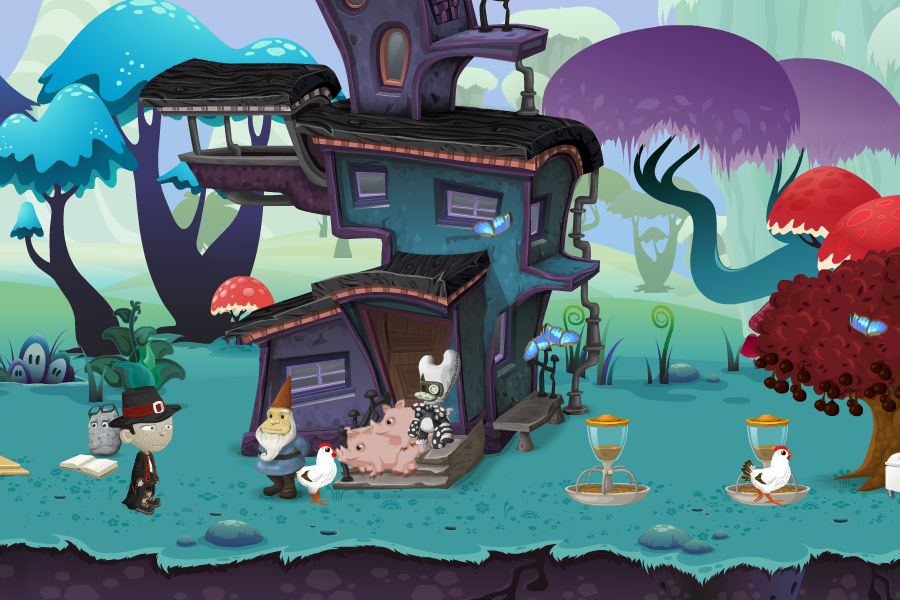In 2010, TinySpeck had a big idea for a game. A massively multiplayer game, similar to WarCraft, without the war, named Glitch. TinySpeck lived up to its name and only a handful of employees in different locations. The founder was hugely influenced by 90’s technology and used IRC as the primary mechanism for communication across the company. As they developed their groundbreaking game, TinySpeck continued to enhance, upgrade and replace IRC to cope with the demand of their growing company.
A screen capture of the game Glitch
After 3 years of building the game, launching, and subsequently unlaunching the game, the founder, Stewart informed the investors that the game wasn’t viable. But he had, what he thought was a viable product that could be commercially successful, their IRC clone that named linefeed.
Linefeed was later rebranded as Slack. It was recently sold to Salesforce for 27.7 billion dollars.
This story is not unique and I have seen it play it in my career. I have seen so many strategic projects fail and have seen tactical projects succeed and refuse to die beyond their original expiry dates.
Looking at the characteristics of a strategic vs tactical project can shed some light:
Strategic
Strategy and governance structure prepared by a reputable consultancy
Lots of senior oversight and governance
Long requirements gathering process with sign-off which leads to even longer sign-off processes because people know they only get one chance before the dreaded change control process
With the large budget, come lots of new hiring and onboarding
A strong change control process
Big expectations and promises
Distributed and siloed teams with some matrix management thrown in for good measure
Politics between technology and change management
Architecture oversight
Strong project manager/program manager to hold it all together
A three-year deadline
Tactical
They start with a well-understood problem
Sense of urgency
Well understood problem
They use existing infrastructure or buy something out of the box
Built by a small team with a limited budget
Because it’s tactical, companies don’t spend a year building a future-proof architecture or gathering requirements. Both are done on a JBGE (Just barely good enough) basis
They fly under the radar
Three-to-six-month deadline
You could just as easly relable the left as Waterfall and the right as Agile and most bullet points will still be correct. The reality is that many “Agile” projects resemble the left more than the right these days. Perhaps we should stop doing Agile and only do Tactical :)
